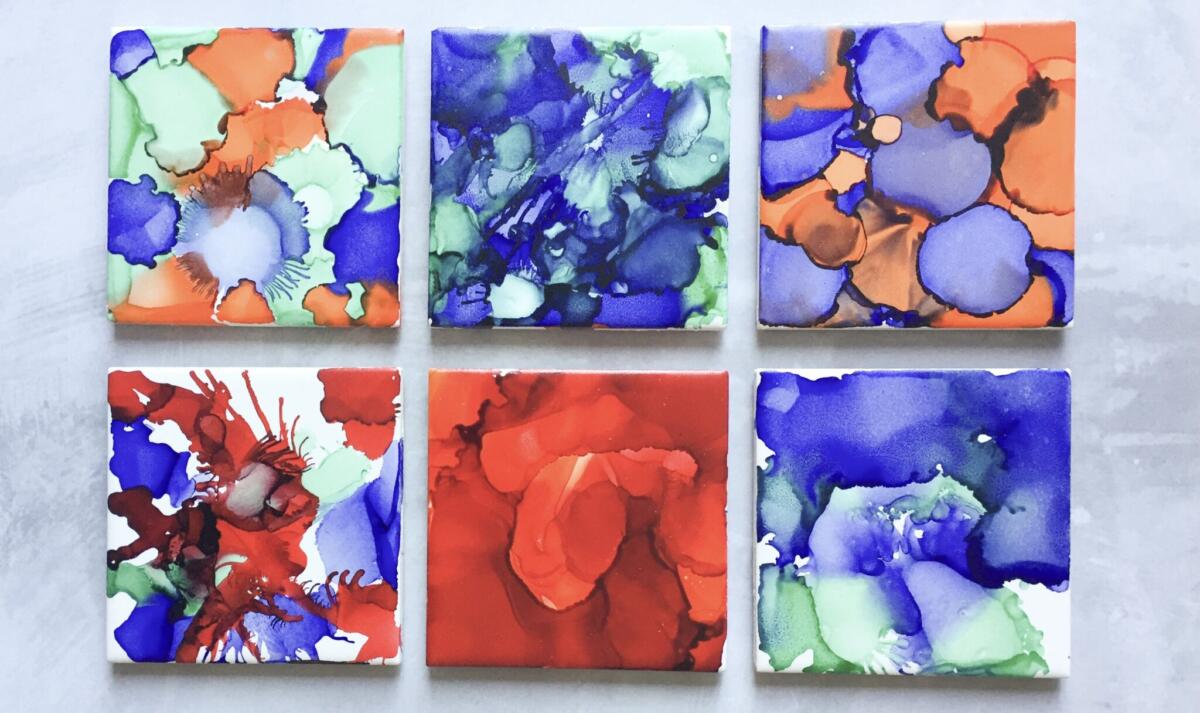The children and I have enjoyed lots of process art projects over the last year and there have been some materials that we have used again and again to create different effects. If you are keen to give process art a go with your children, here are the 3 most useful process art materials to purchase, and the things you can do with them.
This post contains affiliate links (identified with a *) I earn a commisson from qualifying purchases
Liquid Food Colouring
Food colouring is definitely not just for food! We bought this set of food colouring* which has a great range of colours and haven’t actually cooked with it once. Food colouring can be used for any project that calls for liquid water colours. While liquid water colours are great, they are expensive and if you just want to have some fun with the kids then liquid food colouring is a much cheaper alternative.
The first way we used liquid food colouring, was dripping it into shaving foam then sailing it around and placing card on top to create a marble effect. You can read a full description in out marbled card post.

We had lots of fun doing bubble painting, with food colouring used to colour the bubbles. This is a very messy activity and I would advise doing it outside as you can’t control where the bubbles end up and because they contain food colouring they can stain.

We also made made sun catchers with liquid food colouring by stripping them on wet glue and marbling them. When the glue dried clear, you could just see to the colours and they were still sticky enough to stick to the window.

My favourite way we have used food colouring though was simply experimenting with dripping it on to different materials. We mixed it with water to almost make a water colour paint and experimented with dripping and painting it onto palate, card and tissue.

While you need it to snow before you can do this one, snow painting is great fun when it finally happens, and really easy. It’s a good activity for when the kids have had enough of sledging and snowmen but still want to make the most of snow.

Alcohol Inks
Alcohol inks are more expensive than food colouring but you only need a small amount and we’ve have plenty of use out of them over the years. They’ve come down in price a lot over the last few years, particularly the larger sets*.
We initially bought our alcohol inks to create these alcohol ink baubles. We bought just three colours but were still able to create great effects.

Since then we’ve used the inks to create these tile coaster which we gave as birthday presents to family members. They were great to make with kids because you can easily wipe them off and start again if you don’t like the results.

We also used them to make these alcohol ink bookmarks. These were easy to make and we used them for end of year teacher gifts.

Crayons
Crayons might not seem like anything special but once you melt them, they become really impressive. It’s likely that you’ll have a fair number of crayons laying around as they often come in party bags or get given to kids at restaurants but if you’re buying some for these projects, the Crayola ones* melt particularly well.
We’ve made two different Christmas decorations using melted crayons. The first are these solid melted crayon decorations that are easy for any age children to get involved with.

The second are these melted crayon glass baubles which are better for older children and they are quite delicate a d do get quite hot during the melting process.

As well as our Christmas decorations, we also used melted crayons to decorate rocks. Children need to be old enough to be sensible with the very hot rocks to do the one but the effects are striking and the process is really fun.

You can also used grated crayons to decorate cards and then a gown up can melt them using an iron. These effect varies depending how much crayon you use and it is very messy as the gated crayon does seem to take on a life of its own and fly all over the place!

So those are out three favourite process art materials and some of the projects we’ve done with them. If you’d like to see some other process art, check out the process art category.

Leave a Reply